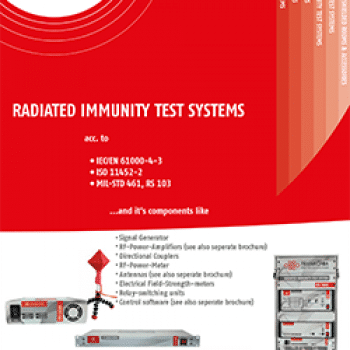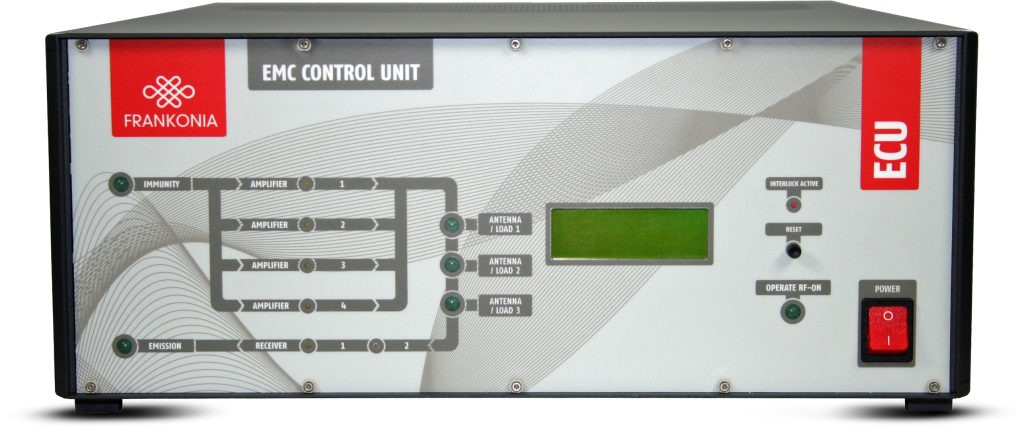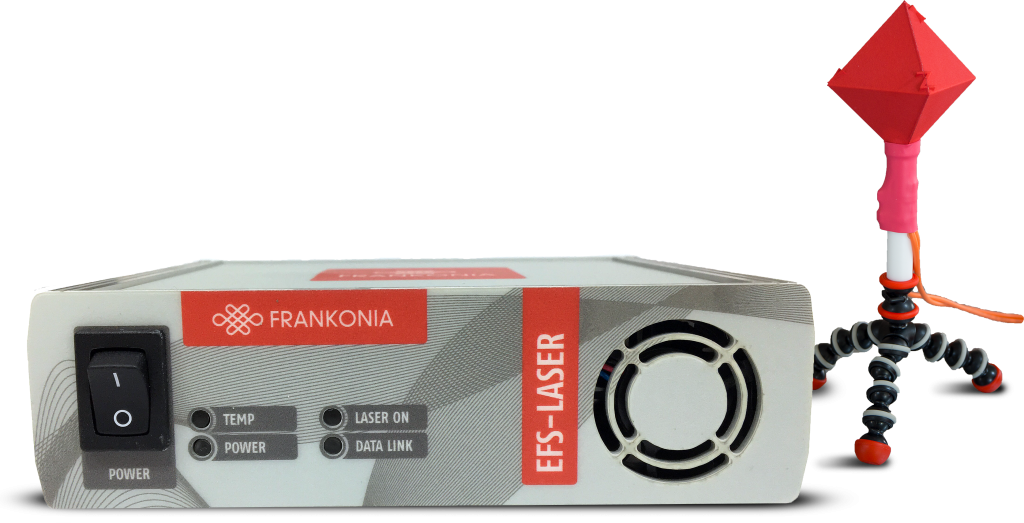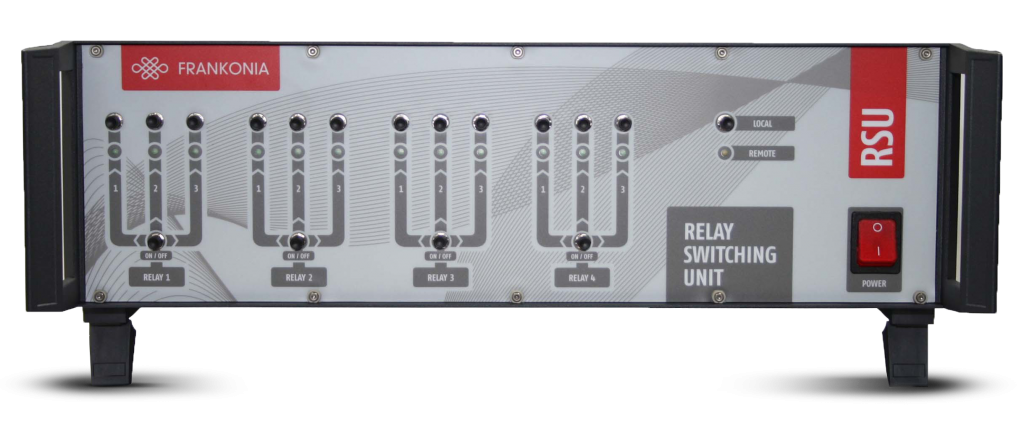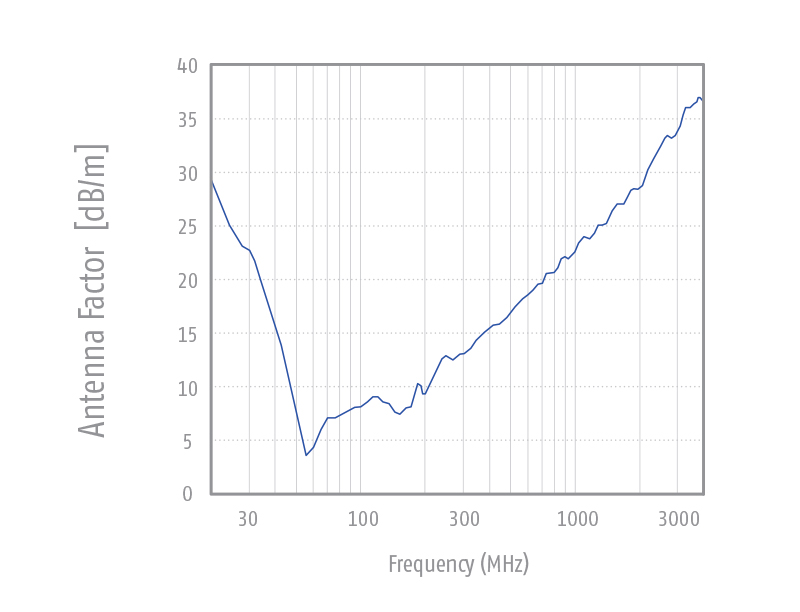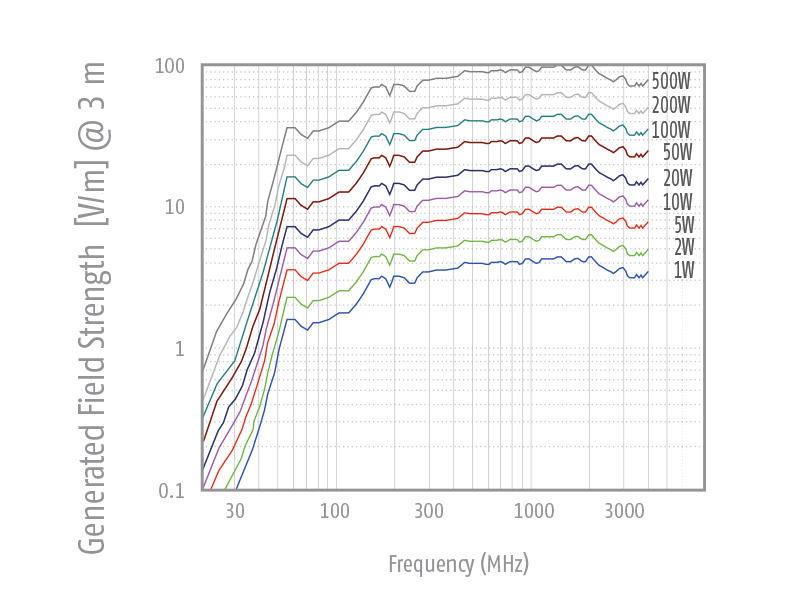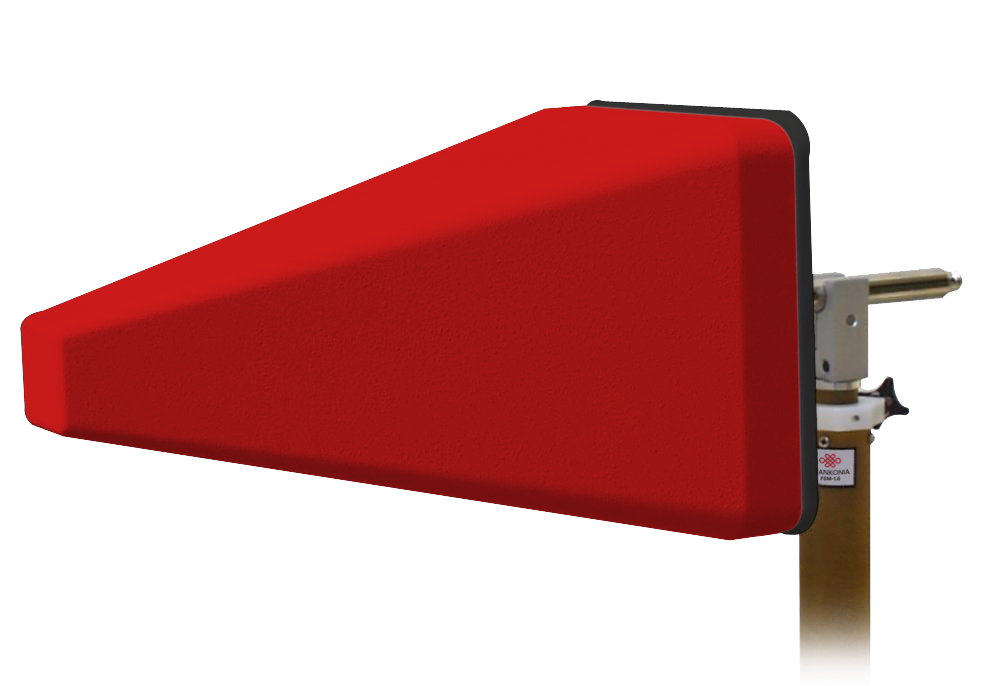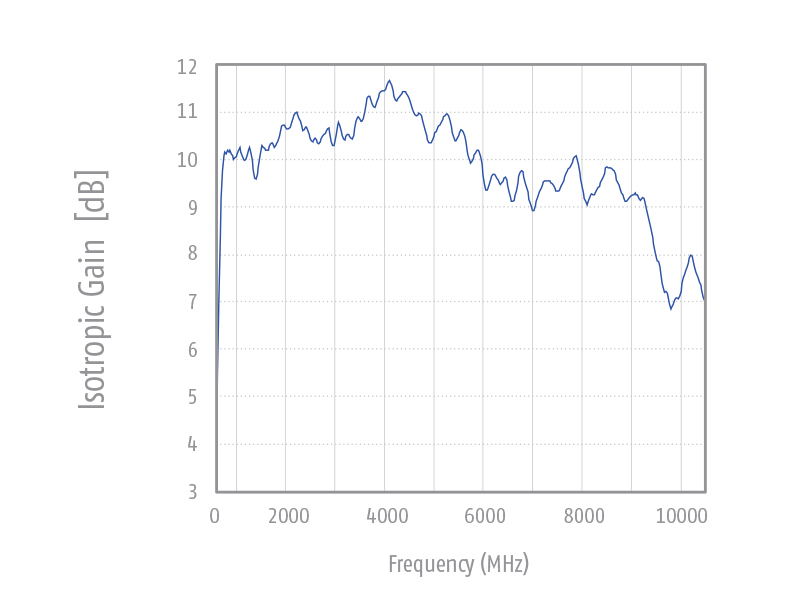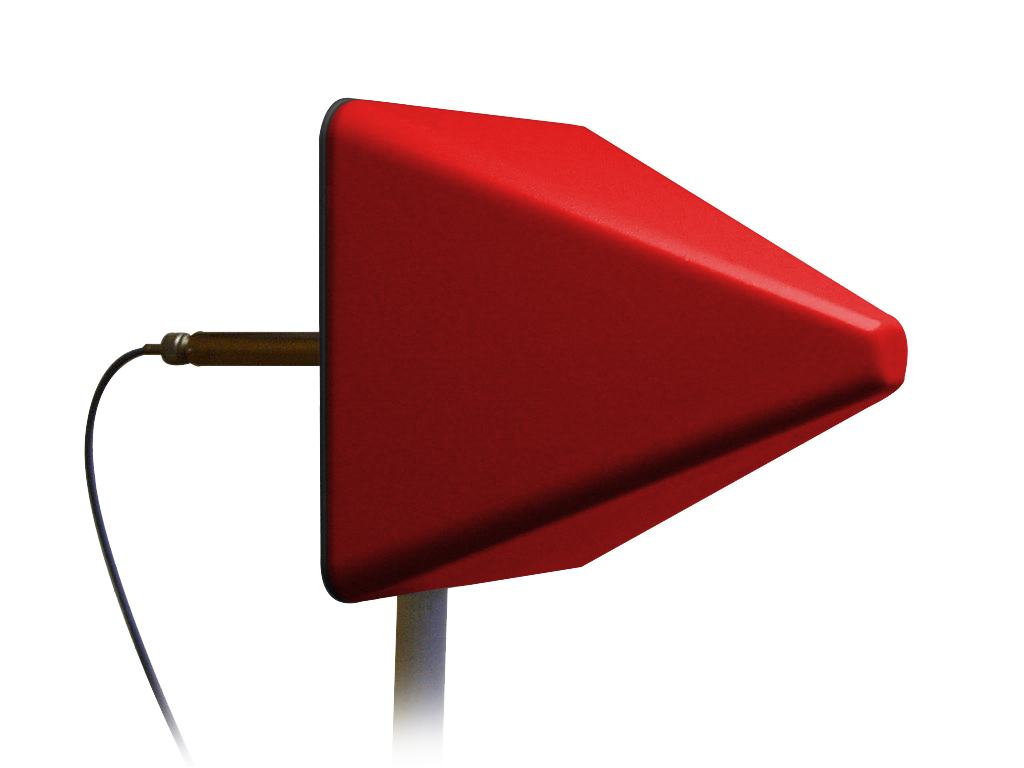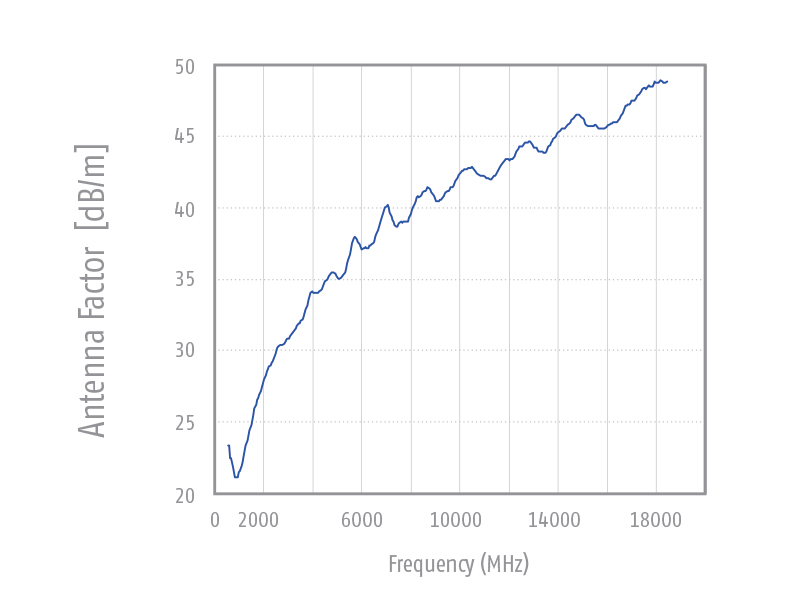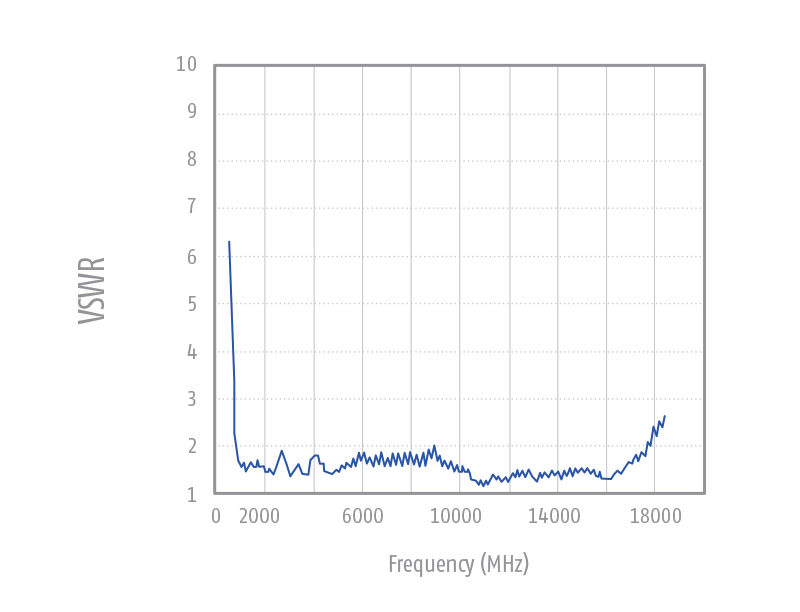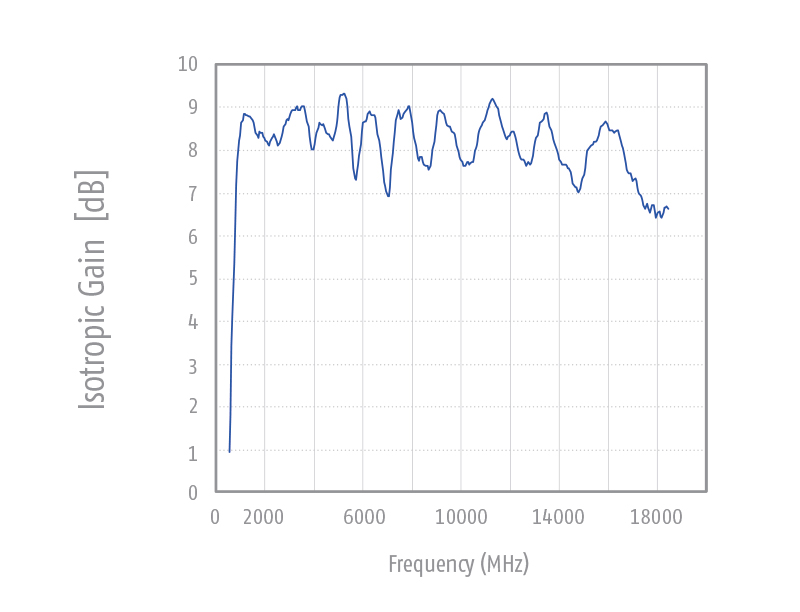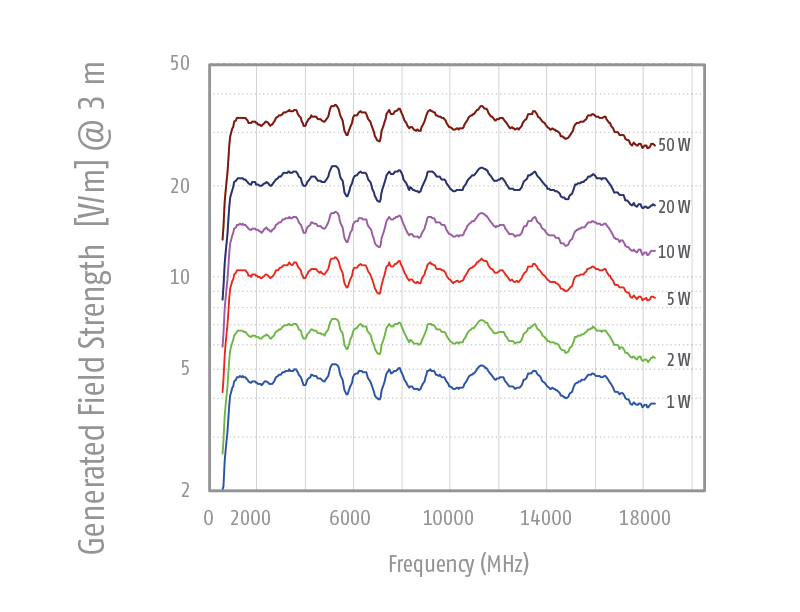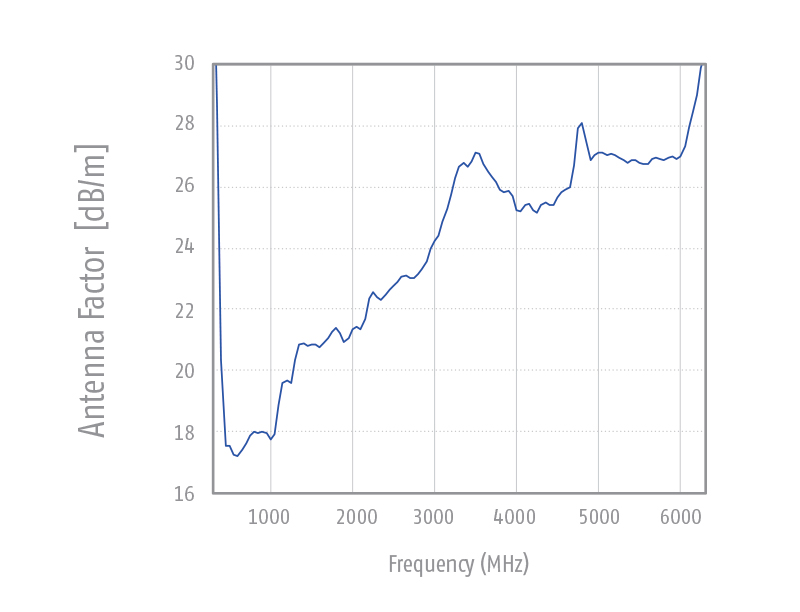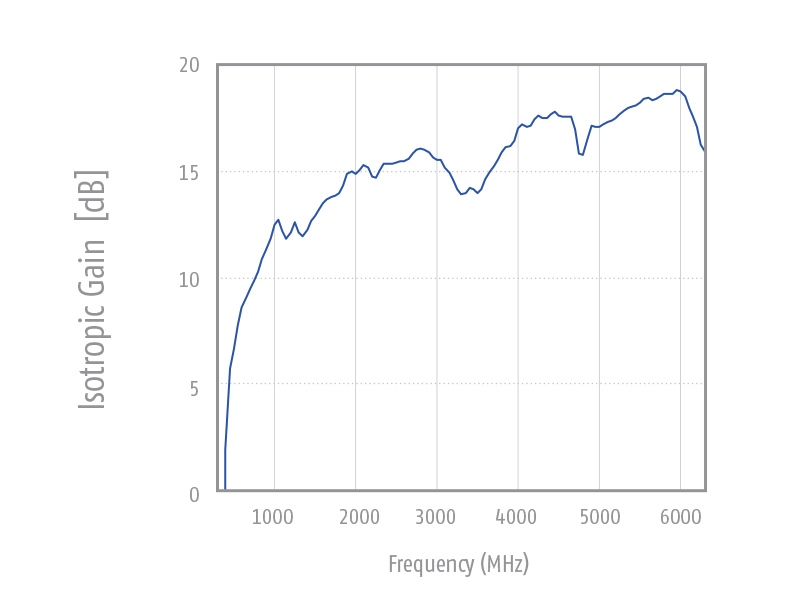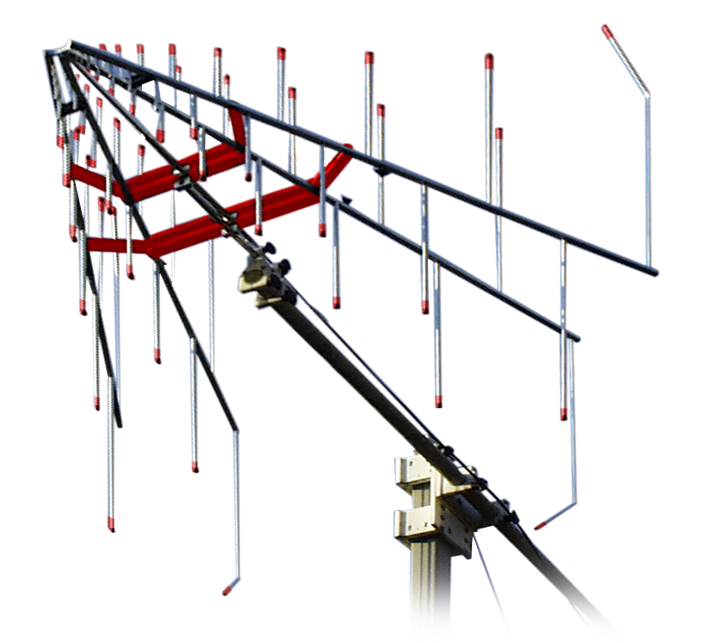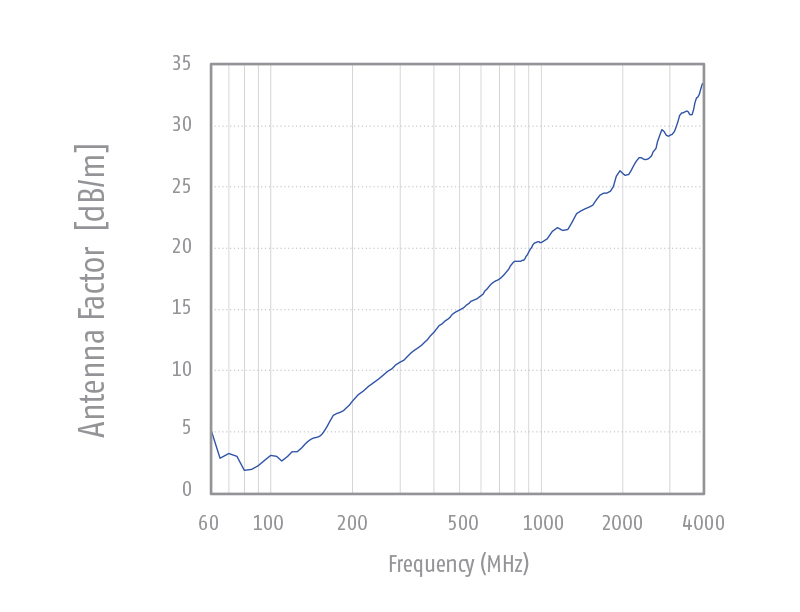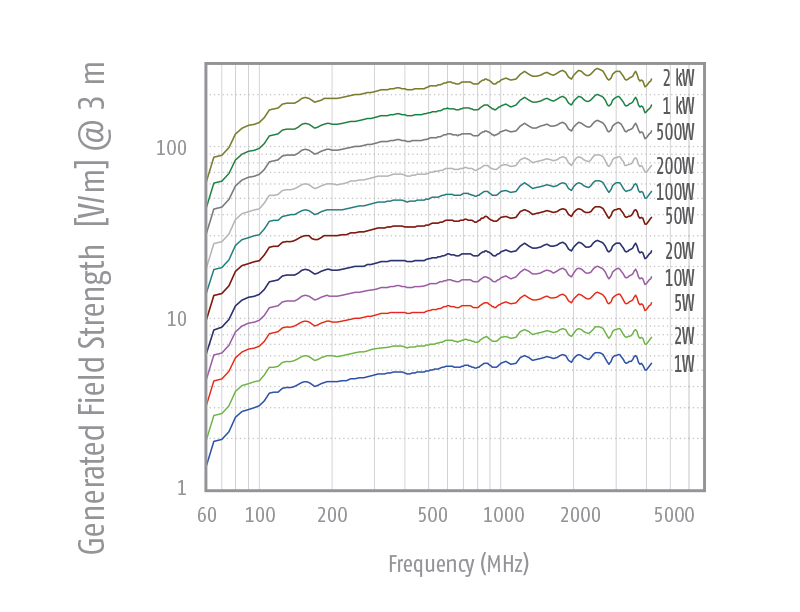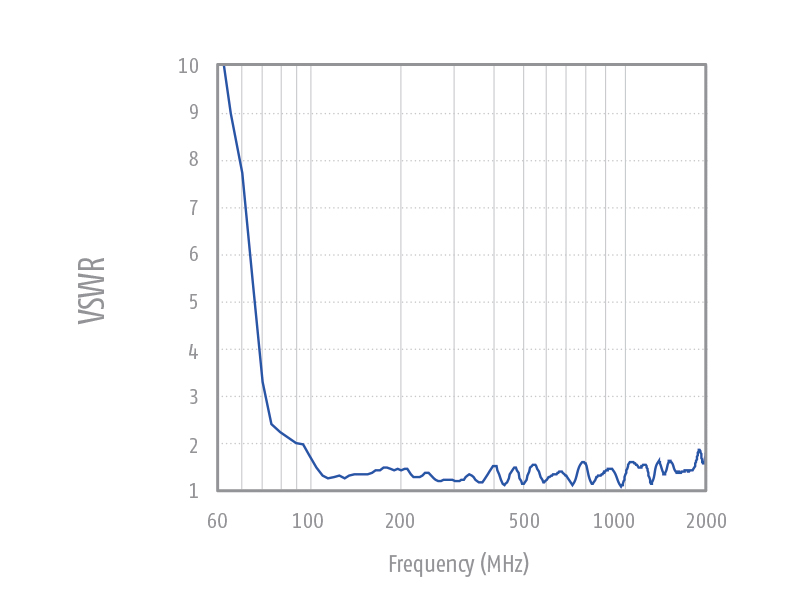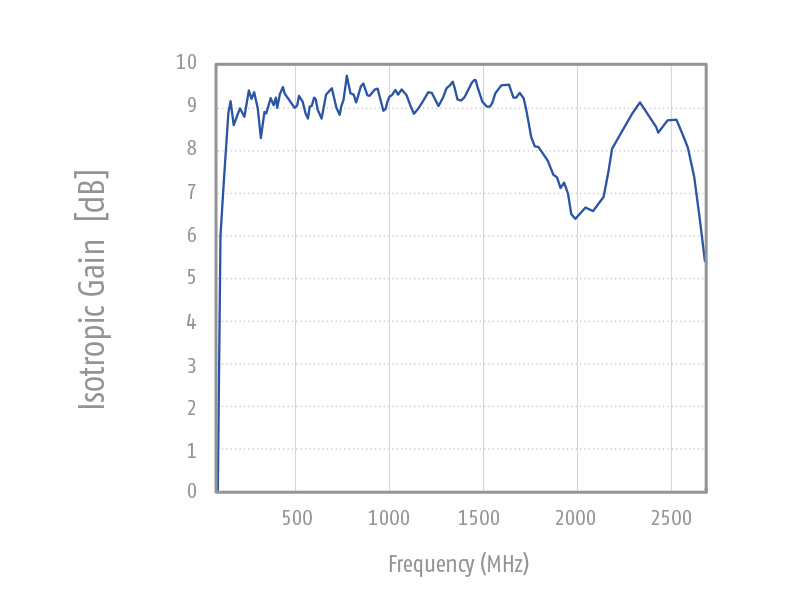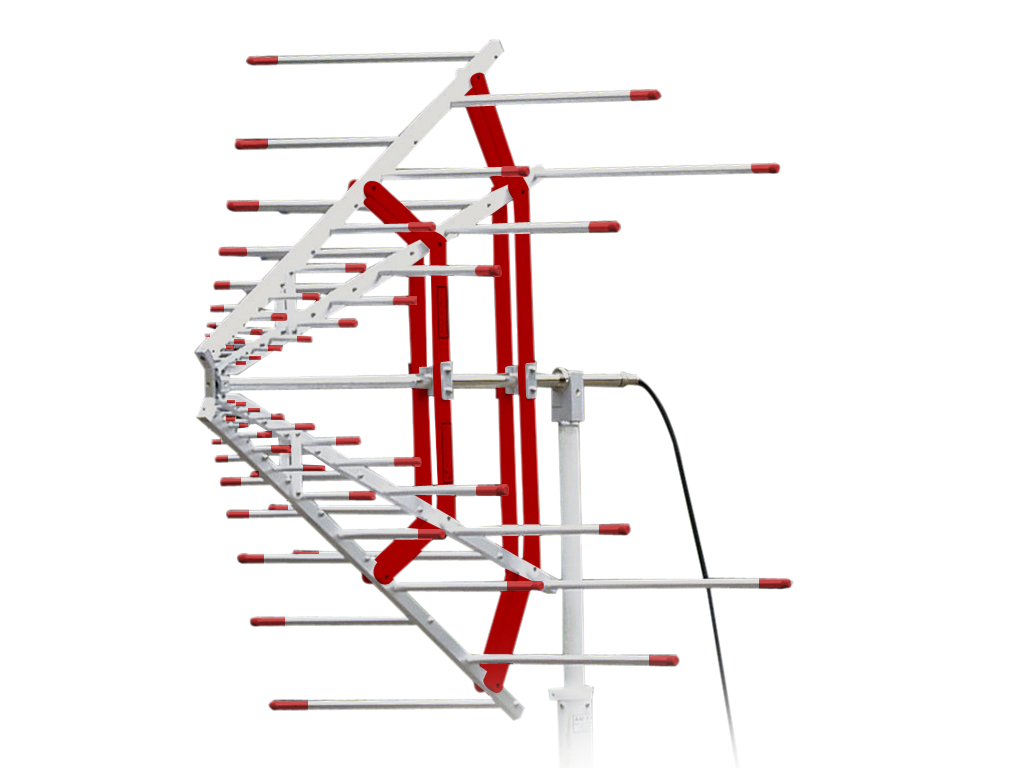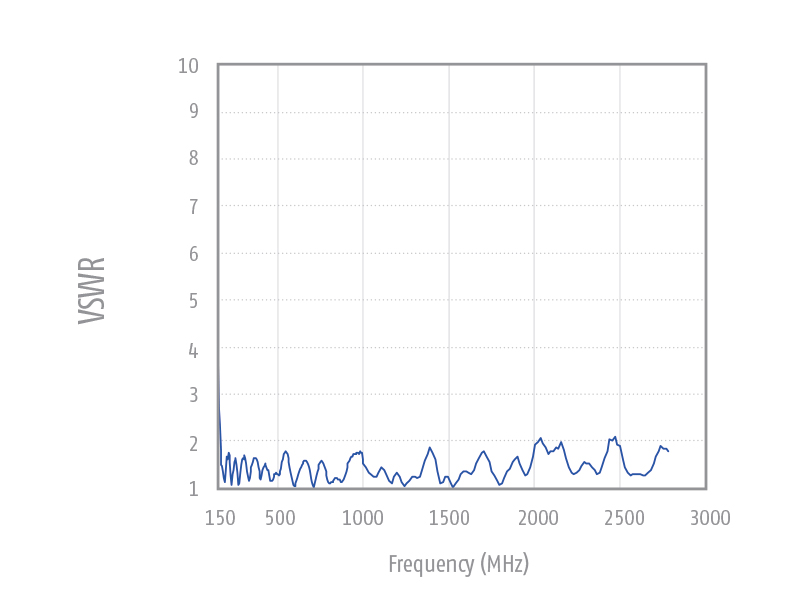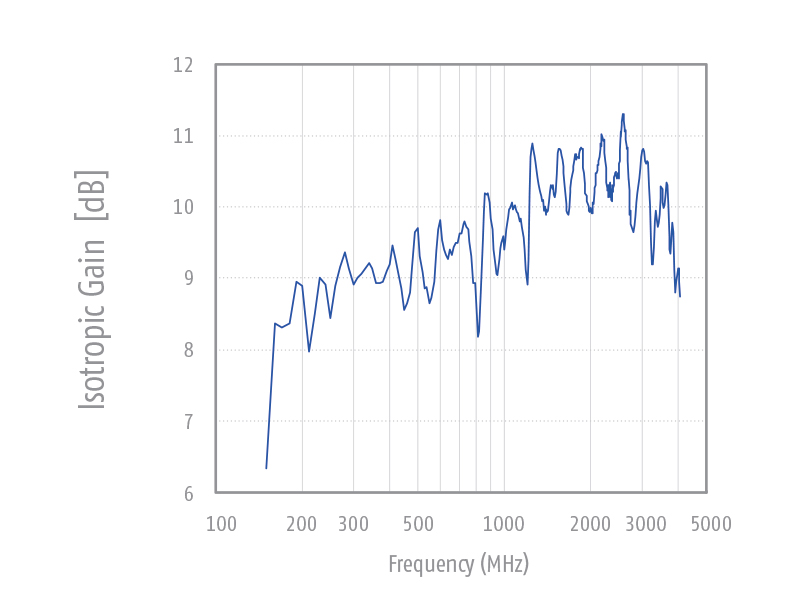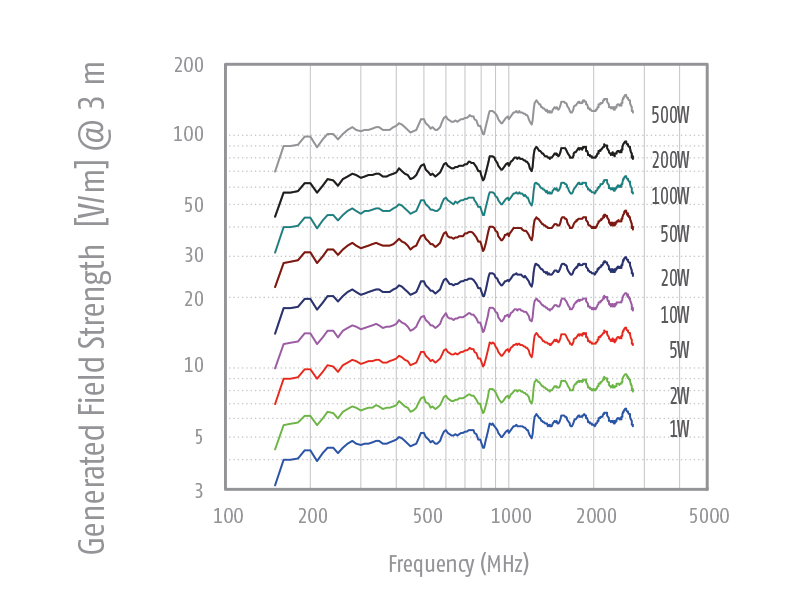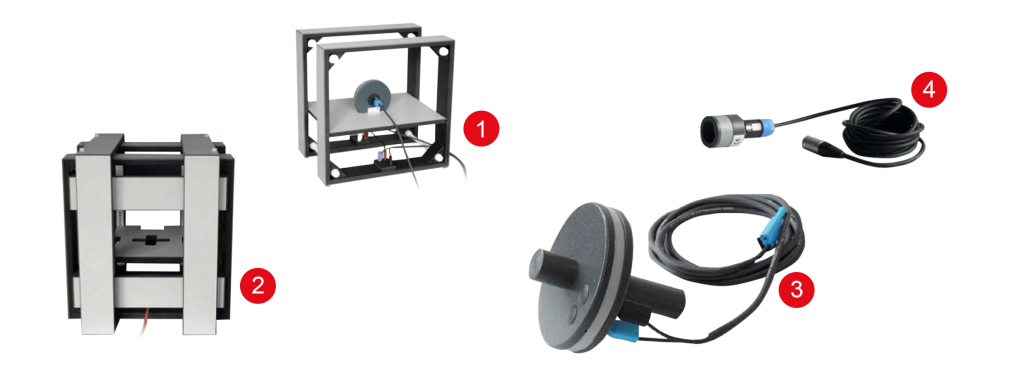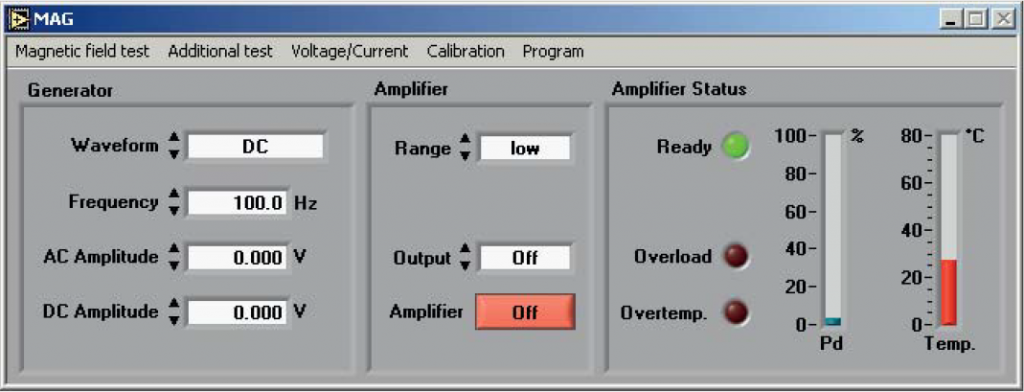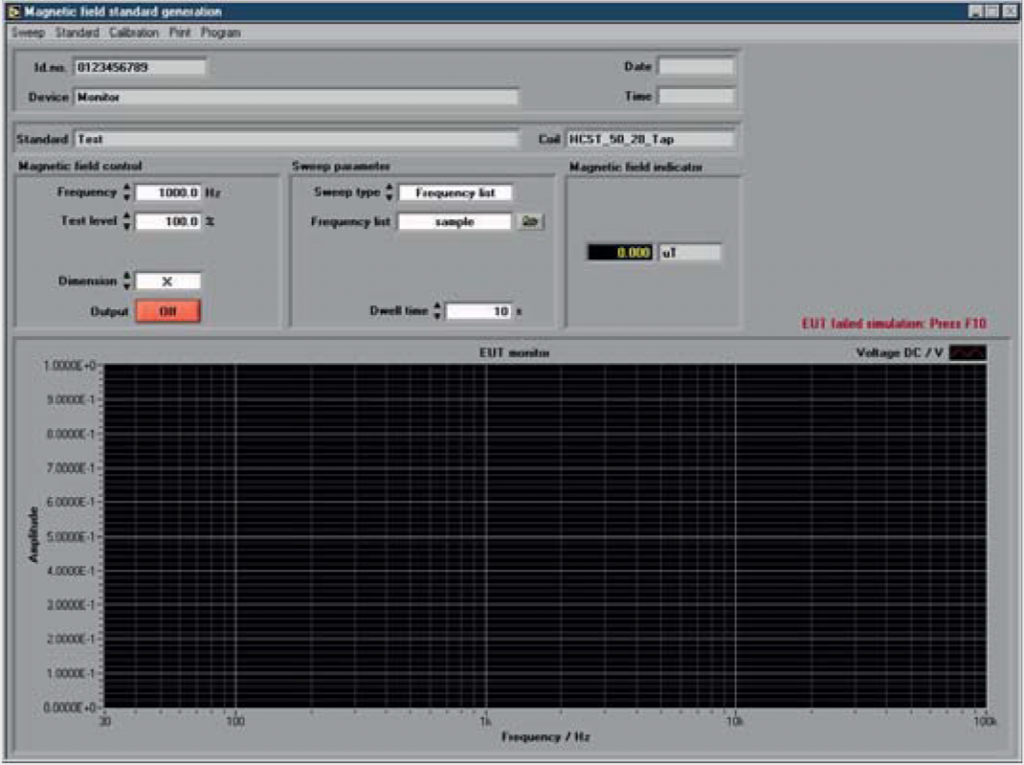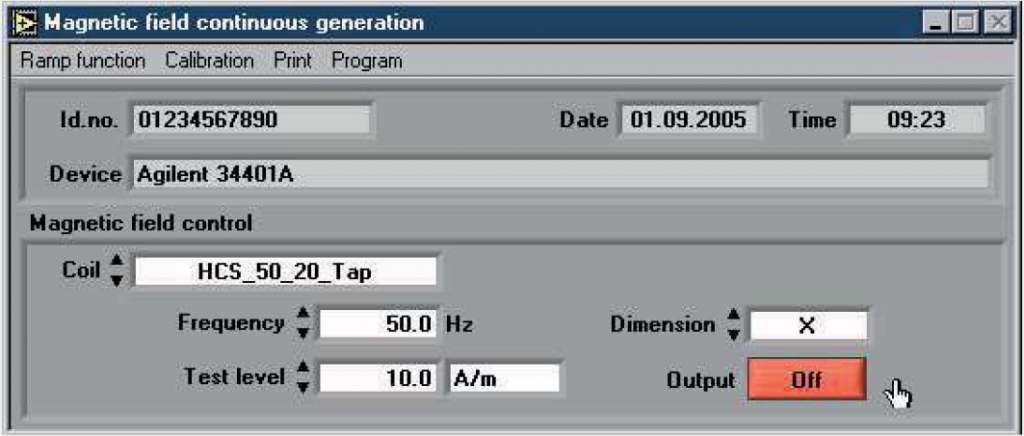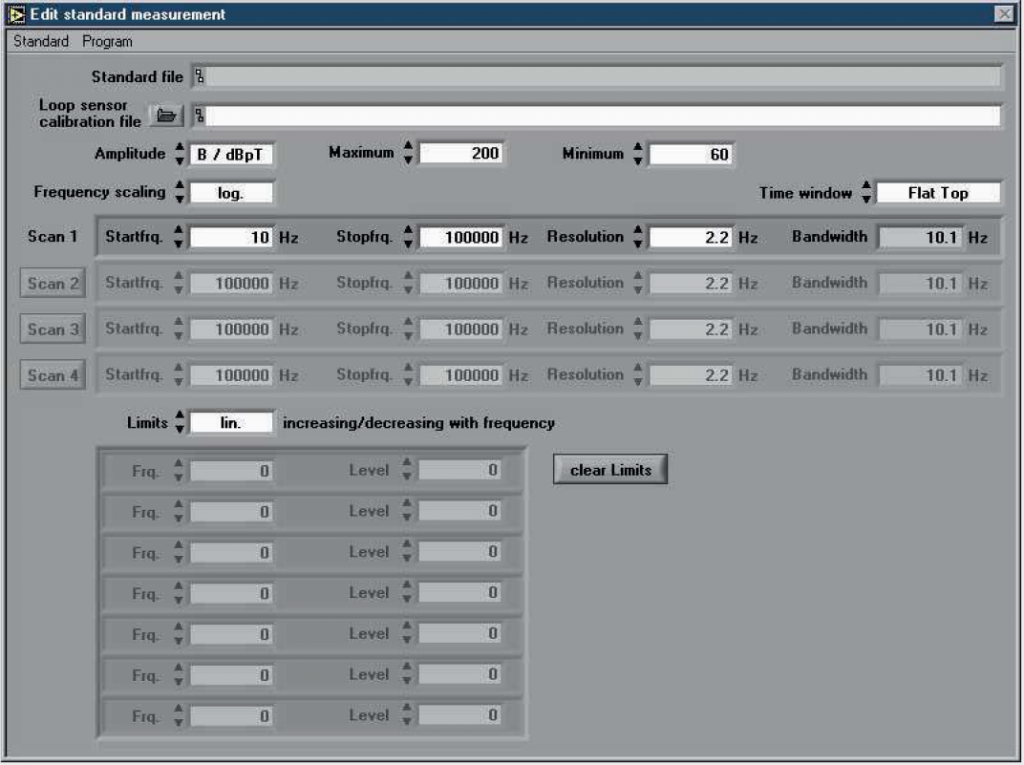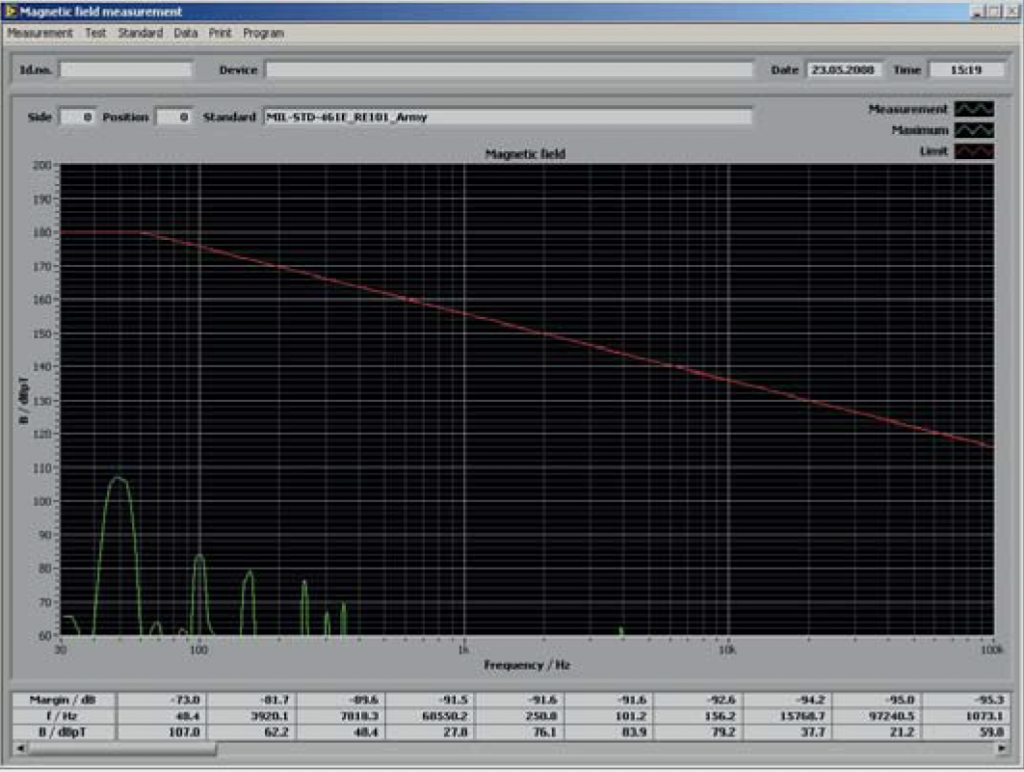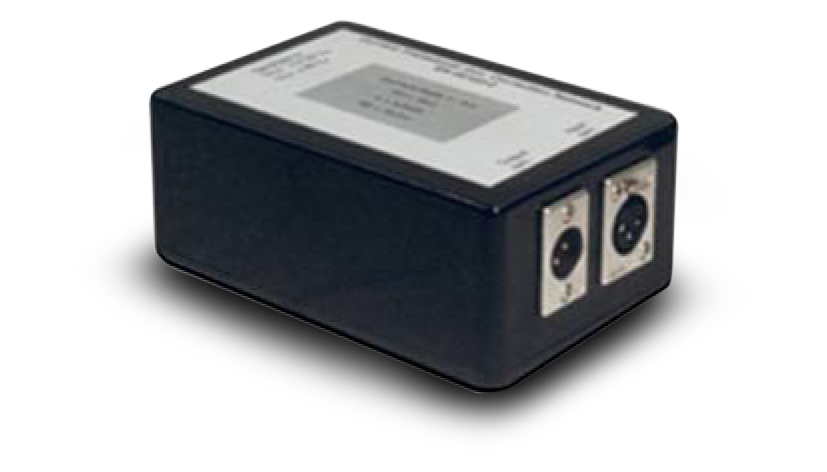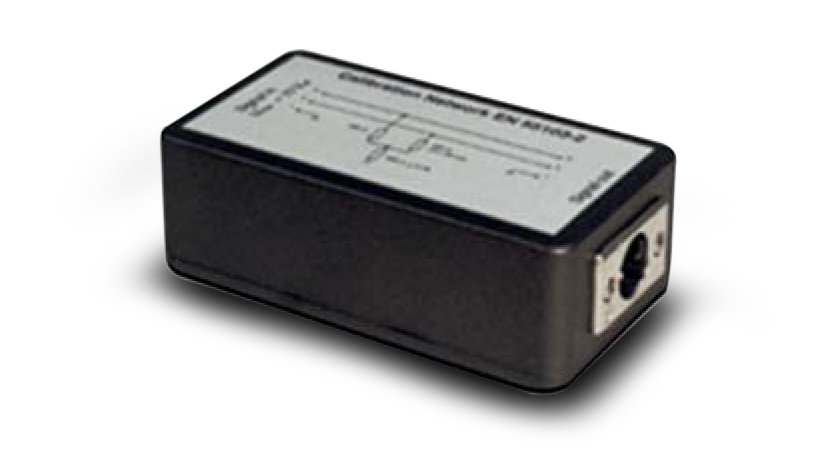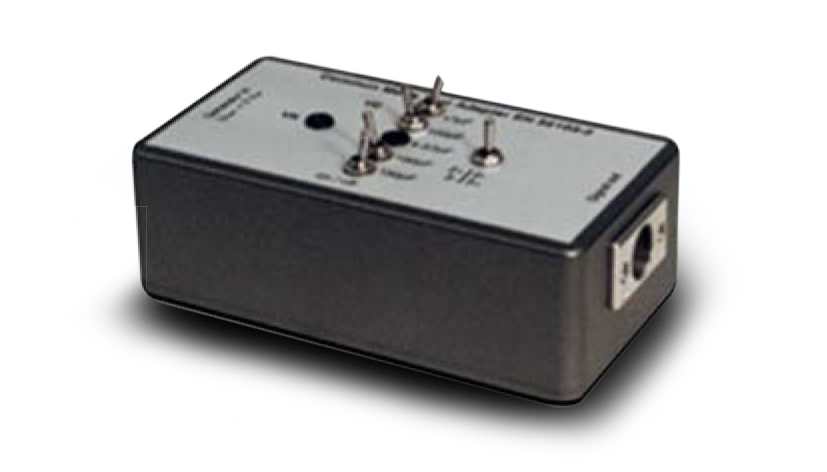The ECU-6 is a central EMC test and control unit, which combines in just one compact box many major test components like signal generator, power meter, directional couplers and relay switching unit, which are needed for EMC tests. That reduces the cabling work and possible cabling mistakes to a minimum. Furthermore it includes general functions like EUT-monitoring and an interlock safety-system. With all the functions described above, the ECU-6 is a real all-rounder, which can be used for many different conducted and radiated immunity tests as well as control unit to switch between EMI-receiver and spectrum analyzer and different measuring antennas without time consuming cabling work. It allows to control and to switch automatically between up to four external amplifiers, all connected to the ECU-3/-6 and up to three different outputs for antennas or coupling devices (CDNs, EM-coupling clamp, BCI-clamps). The integrated signal generator is available to cover the frequency range from 9 kHz to 6 GHz. Amplitude modulation is available with a modulation rate of 1 Hz to 30 kHz and a modulation depth of 0 % to 90 %. Pulse modulation can be switched on with a repetition frequency of 0.1 Hz to 100 kHz and a duty cycle of 1 % – 99 %. In a word, it includes all requirements according to present EMC standards and it is best prepared for possible future changes.
- הלוחמים 53, חולון
- 1800-800-552
- info@dolevltd.co.il

